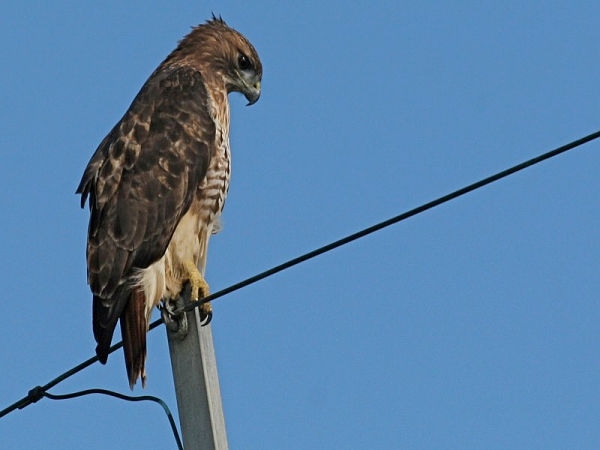 Last night I went to Three Rivers Birding Club to hear Dr. Todd Katzner of the National Aviary give an excellent presentation on “Migrating Eagles and Wind Turbines: Resolving Conflict in an Information Void.” The project is a multi-year study of the migratory paths of eastern golden eagles. Its goal is to provide information so that wind turbines can be sited properly and not cause bird mortality.
Last night I went to Three Rivers Birding Club to hear Dr. Todd Katzner of the National Aviary give an excellent presentation on “Migrating Eagles and Wind Turbines: Resolving Conflict in an Information Void.” The project is a multi-year study of the migratory paths of eastern golden eagles. Its goal is to provide information so that wind turbines can be sited properly and not cause bird mortality.
Wind energy is being heavily promoted and developed in Pennsylvania. I’m sure you’ve seen windmills if you’ve driven east on the Turnpike. Many more wind farms are planned.
Some wind turbines are highly lethal to birds. Some don’t kill any. It turns out that turbine placement is the key. If we find out where the birds usually fly, the turbines can be placed outside that path. Sometimes only a few hundred feet makes all the difference.
The coolest part of the project is the telemetry data and maps. It’s impressive how far golden eagles travel in a day (more than 200 miles) and how fast they go when the wind is good (60 miles per hour!). On the Aviary website you can see where all seven eagles have been and you can watch the day-by-day movements of each eagle.
The project needs to tag more eagles with telemetry units but the units are expensive. The Aviary and their partners are working at raising funds to buy telemetry units. Contact Dr. Todd Katzner at the National Aviary if you wish to help.
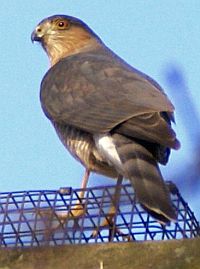 It seems like all I write about are birds of prey, but they’re the big, splashy birds of winter. Most of the songbirds have left town so at my house we’re down to starlings, house sparrows, mourning doves, crows, pigeons and a variety of hawks.
It seems like all I write about are birds of prey, but they’re the big, splashy birds of winter. Most of the songbirds have left town so at my house we’re down to starlings, house sparrows, mourning doves, crows, pigeons and a variety of hawks.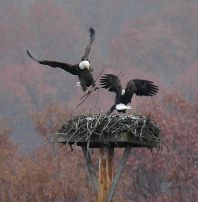
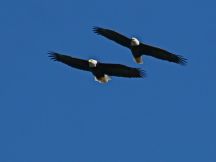 The resurgence of the bald eagle in western Pennsylvania is a beautiful thing. Nothing confirms it so well as seeing our newest pair of eagles flying together at Moraine State Park in Butler County. In the photos above, Chuck Tague caught them flying together in a blue sky on November 1 and Steve Gosser captured them building a nest on November 23. They won’t be laying eggs any time soon but they are housekeeping. It looks like this pair will make the lake their home.
The resurgence of the bald eagle in western Pennsylvania is a beautiful thing. Nothing confirms it so well as seeing our newest pair of eagles flying together at Moraine State Park in Butler County. In the photos above, Chuck Tague caught them flying together in a blue sky on November 1 and Steve Gosser captured them building a nest on November 23. They won’t be laying eggs any time soon but they are housekeeping. It looks like this pair will make the lake their home.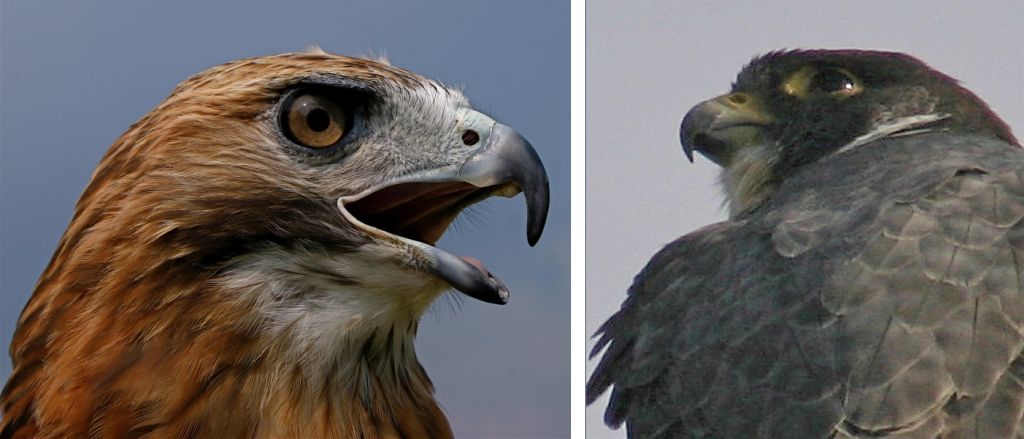
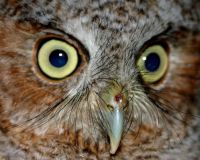 17 November 2007
17 November 2007